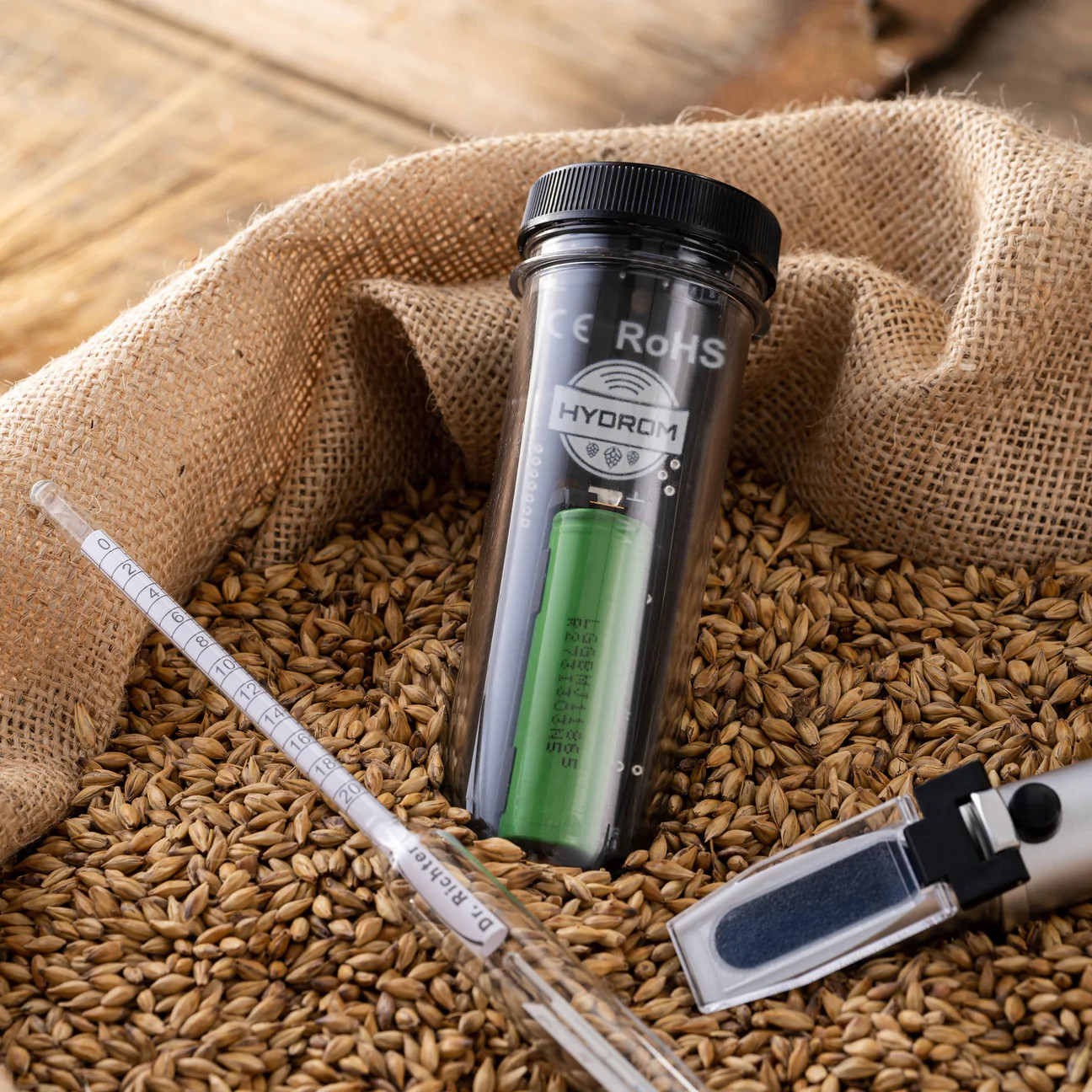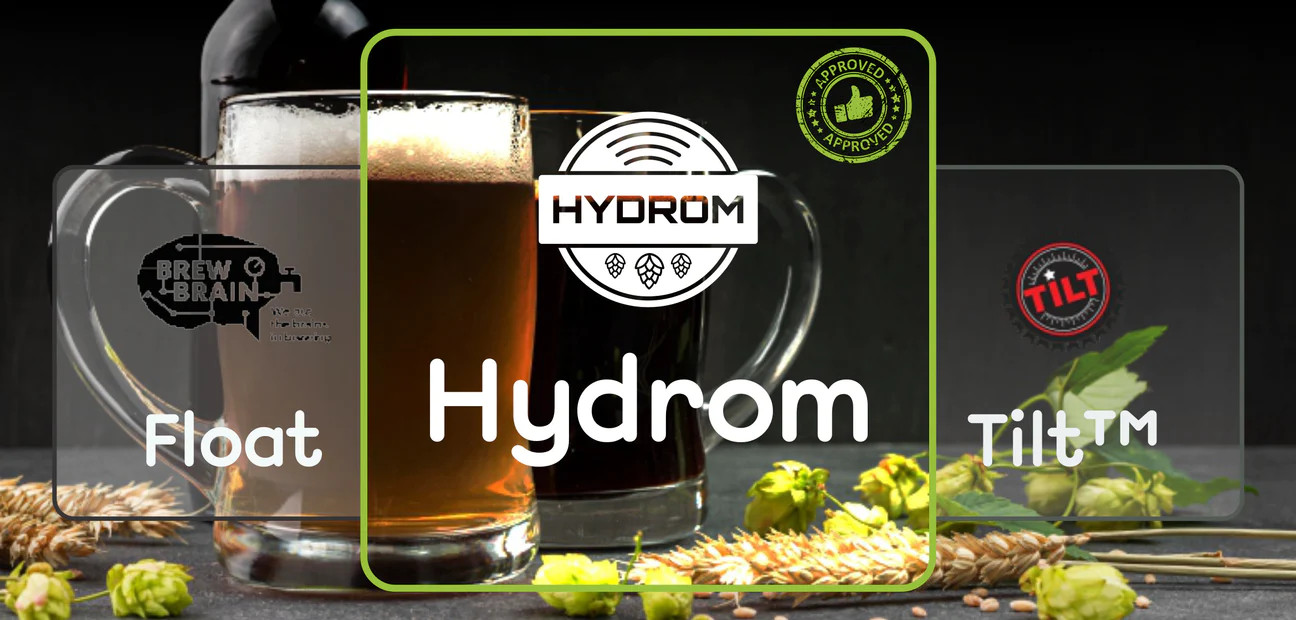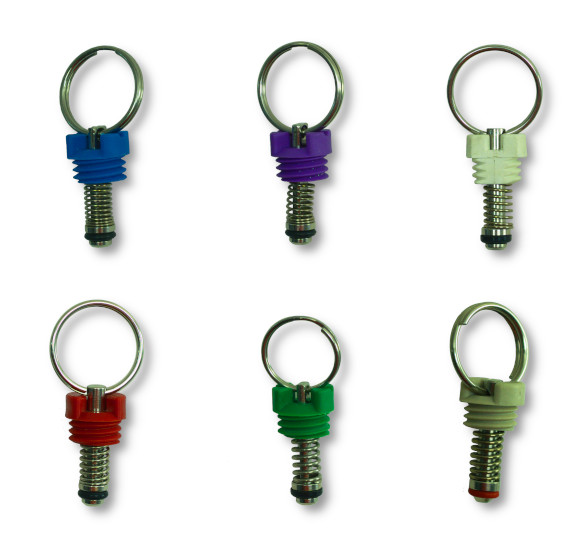Author: Tjorben Eberle
When it comes to hydrometers, you want to make sure that you can find something that is going to be effective and efficient in measuring the specific gravity of the liquid that is going to be fermented. These devices have been around for a while, but most of them do not have the required features and accuracy that is needed in the modern hobby brewery.
Sometimes a product can come along and completely eclipse the other existing options and Hydrom has become the ultimate hydrometer for those who seek optimal results from their investment. This is the reason why we find it essential to give you some of the main reasons why this hydrometer should be your choice for your brew setup.
How does Hydrom stand out from the existing devices?



